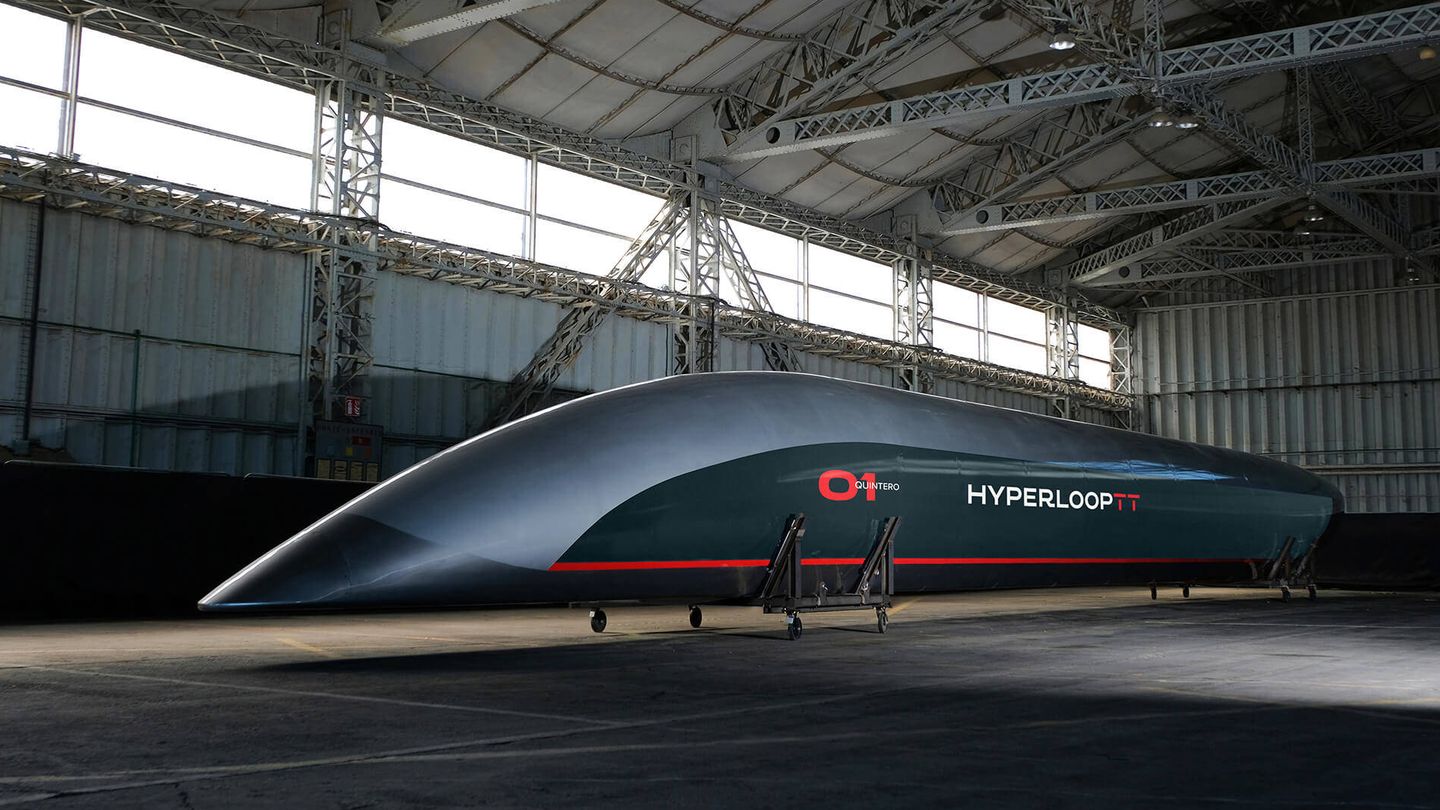Connecting Madrid – Barcelona in less than an hour is the goal of the Spanish Hyperloop TT project using an AVE train. The train can reach speeds of up to 1,200 kilometers per hour.
The “capsule train” project is part of the boost to the Spanish railway network, which in fact has the second largest network in the world after China.
HyperloopTT was founded in 2013, conceived as a mass and ground transportation system capable of integrating sustainability, energy efficiency, economic viability, as well as a new passenger experience benchmark.
Madrid – Barcelona connected by the “capsule train”.
The AVE line project to connect the two major cities is part of the efforts to reduce long-distance travel times.
According to the CEO of HyperloopTT, it is something like a “small plane inside a tube”, but converted into a train. It can reach speeds of up to 1200 kilometers per hour.
The goal of its creators is to try to replicate a vacuum environment similar to that of a military fighter.
Thanks to this, the train would be able to levitate and reach high speeds with a very low electrical cost.
The Hyperloop capsules have the capacity to carry 28 to 58 people and the minimum distance it will travel will be 600 kilometers.
The company also indicates that they are currently working in Italy on the development of a project to build the first 10 kilometers of pipe between Venice and Padua.
The train is being tested and its full viability is being verified.
Regarding the cost of a ticket to travel by train, according to studies, the estimated price could be 75% of the price of a plane ticket for the same route.
Hyperloop TT present at the next MWC
Company executives indicated that a second Hyperloop TT capsule will be on display at the upcoming Mobile World Congress, MWC.
This capsule has a capacity of 32 square meters and is composed of 85% carbon fiber.
It has more than 50 sensors to measure and monitor everything that happens to the structure and, incidentally, to know how these capsules react to travel.
Projects to reduce long-distance travel times are not so recent or from the last century.
In fact, in 1870, some entrepreneurs created a new transportation model based on a tube through which people could be transported from New York to San Francisco in the United States.
The project did not succeed, but it was the beginning of others.

